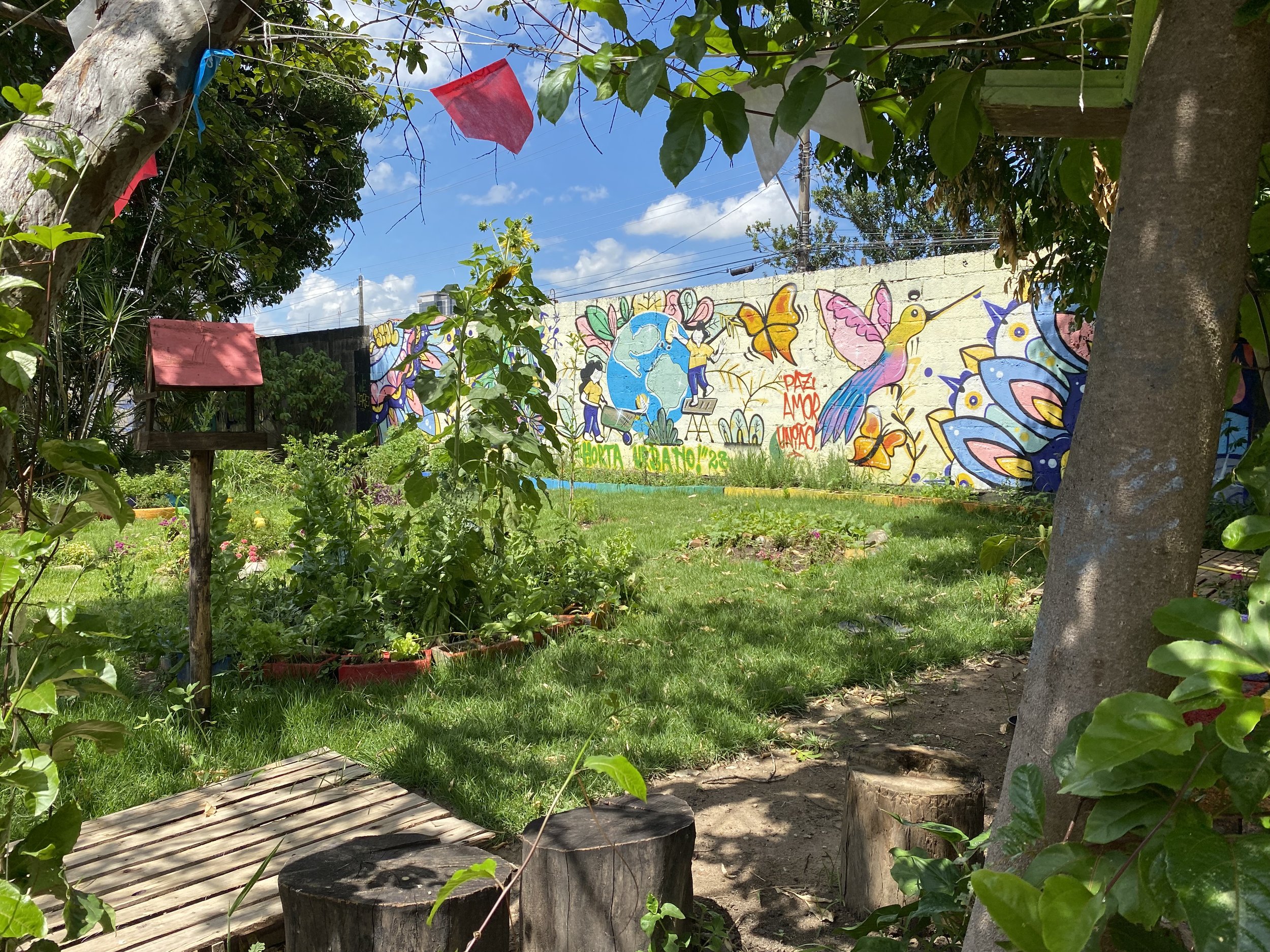
Agriculture That Restores Forests and Wildlife Habitats
What is Agroforestry?
Agroforestry is a system of managing the land that preserves and restores nature while producing a variety of food species in a single area. It combines reforestation with agricultural production. With agroforestry, soils become rich in beneficial microorganisms and resistant to pests and diseases by growing multiple species of native trees, plants, grains, fruits, vegetables, medicinal plants and animals altogether—all with environmental, social and economic benefits.
It is a regenerative agricultural system that restores degraded areas by producing abundant food without chemical fertilisers and is rich in nutrients. It is the most efficient agricultural system to produce staple foods without damaging the environment.
The system to save ecosystems!
The incredible power of agroforestry is to regenerate areas degraded by monoculture and livestock completely. With Agroforestry, we can reverse soil degradation, enhance biodiversity, mitigate climate change, and produce abundant food for local communities. To implement agroforestry, a deep study of observation and interaction with the entire ecosystem is essential. We need to study soil, climate, topography, watershed and ecology to understand how we can interact with the land and the local communities. The benefits of agroforestry are diverse and help save our ecosystems. The foods are grown without pesticides or chemical fertilisers and are rich in nutrients.
How does Agroforestry work?
In the Agroforestry Systems, known as SAFs, we started the process of covering the ground (which was previously exposed to the sun) with the so-called pioneers; grasses and low plants that take root, retain water, aggregate the soil and begin to nourish it. As the ecosystem becomes more balanced, other more demanding plants can establish themselves until we reach the climax of the forest, with large trees. In this process, each plant has its place in the sun and its time in natural succession. Each animal and microorganism participates in symbiosis with the entire ecosystem. From the ant that cuts the leaf to the bees and other pollinators that live in the forest, everything is interconnected and in harmony.
There is a wide variety of AFS arrangements ranging from the simplest to the most biodiverse, the most widespread and practiced are: Agrisilvicultural systems, which unite trees with annual or perennial crops (agriculture); the Agrosilvipastoral systems, which combine trees with crops and animals; the Sivopastoral Systems, that combine trees and pastures (animals).

For every 10,000 m2 (2.4 acres) of exploited and degraded land that you help us to implement Agroforestry Systems we:
Plant between 1,000 to 2,500 trees
Recover soil and restore biodiversity
Produce 20 to 100 tons of food per year
Offset 10 to 50 tons of carbon per year
Make a difference with every purchase or donation:
By purchasing our sustainable t-shirts or helping us in any other way, you are joining us in the global effort to restore ecosystems and create a more sustainable future for all. Your support plays a pivotal role in revitalising our planet, whether it's by planting trees, conserving wildlife habitats, mitigating climate disasters, or nurturing regenerative communities. Together, we can make a lasting impact, leaving a legacy of environmental restoration for current and future generations.
Make a donation
Support our mission by contributing today.










